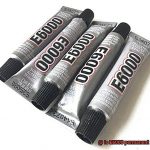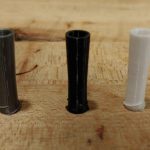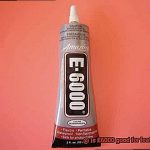Picture this: you’re knee-deep in a creative project, and as you reach for your trusty bottle of Elmer’s Glue, a thought pops into your head. Is it safe to eat this stuff? I mean, we’ve all heard stories about kids accidentally ingesting glue during arts and crafts time, but what about intentionally using it as an ingredient?
Well, fear not. As an expert in all things adhesive-related, I’m here to put your mind at ease. We’re going to dive deep into the world of Elmer’s Glue and uncover the truth about its food safety. So buckle up and get ready for a wild ride through the sticky realm of edible adhesives.
Now, some might scoff at the idea of eating glue. After all, it’s not exactly a gourmet delicacy. But hey, in a world where people are putting avocado on toast and calling it fancy brunch, who are we to judge? Plus, with all those tempting DIY recipes floating around on social media these days, it’s no wonder curiosity has gotten the better of us.
So grab a snack (preferably not glue) and join me on this educational journey. We’ll take a closer look at what makes up Elmer’s Glue, examine any potential health risks involved in consuming it, and explore the concept of food-grade adhesives. By the end of our adventure together, you’ll have all the information you need to make an informed decision about whether or not Elmer’s Glue is truly food safe.
So let’s peel back the layers (pun intended) and separate fact from fiction. It’s time to settle this age-old question once and for all: can we really chow down on Elmer’s Glue without regretting our life choices? Get ready to satisfy your curiosity and discover the truth about Elmer’s Glue’s suitability for our culinary adventures.
Composition of Elmers Glue
Contents
In this blog post, we will dive into the composition of Elmer’s glue, uncovering the key ingredients that give it its adhesive properties. So, let’s get sticky and explore the science behind this versatile adhesive.
Polyvinyl Acetate (PVA) – The Star Polymer:
At the heart of Elmer’s glue lies polyvinyl acetate (PVA), a synthetic polymer that forms the base of the adhesive. PVA is created through a process called polymerization, where vinyl acetate monomers join together to form long chains of molecules. This creates a white, viscous liquid that serves as the foundation for Elmer’s glue.
Water: The Solvent and Transformer:
Water plays a vital role in Elmer’s glue by acting as a solvent for the PVA polymer. When applied, water in the glue begins to evaporate, causing the PVA molecules to come into contact with each other. As a result, they form strong bonds, leading to the adhesion we all know and love.
Preservatives: Extending Shelf Life:
To prevent microbial growth and maintain its usability over time, Elmer’s glue contains preservatives like methylparaben and propylparaben. These ingredients ensure that your glue remains fresh and effective for an extended period without spoiling or becoming contaminated.
Thickeners: Controlling Flow and Spreadability:
Ever wondered why Elmer’s glue has that perfect consistency? Thickeners are responsible for giving the glue its viscosity, controlling its flow and spreadability. By adjusting the thickness, thickeners enhance both the application process and the overall adhesive strength.
Plasticizers: Flexibility and Durability:
To prevent the glue from becoming brittle and cracking over time, Elmer’s glue incorporates plasticizers. These additives improve the flexibility and elasticity of the dried glue film, making it more durable and resistant to damage.
Conclusion:
The composition of Elmer’s glue is carefully designed to provide optimal adhesive performance. With its PVA polymer, water, preservatives, thickeners, and plasticizers working together, Elmer’s glue offers a versatile and reliable solution for arts and crafts projects. However, it is important to remember that Elmer’s glue is not food safe and should not be used directly on or around food. When working on food-related projects, always opt for glues specifically formulated for such purposes.
Food Safety Regulations and Standards
Food safety regulations and standards are crucial in ensuring the safety of the food we consume. These regulations vary from country to country but share the common goal of protecting public health by setting guidelines for the safe handling, processing, and labeling of food products.
In the United States, the Food and Drug Administration (FDA) takes the lead in regulating food safety. They have established a comprehensive set of rules called the Food Code. This code covers various aspects of food safety, including proper storage, handling, and preparation of food products. It also addresses issues like cross-contamination, temperature control, and sanitation practices in food establishments.
When it comes to Elmers glue, it is important to note that it is not intended for consumption. While it is a non-toxic adhesive commonly used in arts and crafts projects, it is not designed or tested for use as a food product. The warning label on Elmers glue clearly states that it should not be ingested. This warning is in line with the regulations and standards in place to protect consumers from potential harm.
The ingredients used in Elmers glue are not approved for human consumption and may pose health risks if ingested. Therefore, it is essential to follow the instructions and warning labels provided by manufacturers to ensure your safety.
Is Elmers Glue Food Safe?
It’s the ultimate adhesive for all your creative endeavors, from papier-mâché masterpieces to slimy sensations. But when it comes to using it with food, can you trust this sticky substance to hold your edible creations together? Let’s dive in and find out.
First and foremost, it’s essential to understand that Elmer’s glue is not designed to be consumed. The ingredients used in its formulation are not regulated by the FDA for consumption. So, if you were considering using it as a food adhesive, I’m sorry to disappoint you, but it’s not recommended. Stick to its intended purpose, folks.
Now, let’s talk about the star of the show – polyvinyl acetate (PVA). PVA is the primary ingredient in Elmer’s glue, a synthetic polymer that creates a robust bond when dry. However, here’s the catch: when PVA glue gets wet, it loses its adhesive properties. So if you were planning on using it to hold together a moist cake or any other food item that might come into contact with moisture, you’re out of luck.
But wait, there’s more. Some variations of Elmer’s glue may contain additional ingredients like preservatives or colorants. These additives are not necessarily safe for consumption. To err on the side of caution, it’s best to keep them away from your food.
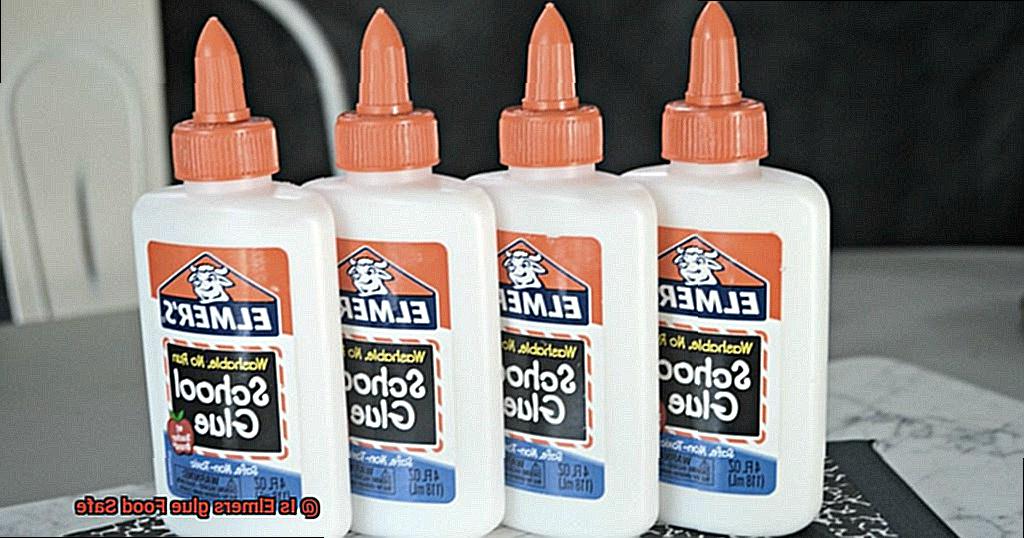
Even if the glue itself may not be harmful in small amounts, consuming non-food substances can pose a choking hazard, particularly for young children. So let’s reserve the glue for our artistic endeavors and opt for edible adhesives when it comes to food.
Potential Risks of Using Elmers Glue with Food
Today, we embark on a journey through the treacherous realm of glue, uncovering the lurking dangers of using Elmer’s glue with food. While Elmer’s glue is a versatile adhesive for countless projects, it is vital to understand the risks it poses when used incorrectly in culinary adventures.
Chemicals and their Effects:
Elmer’s glue harbors chemicals like polyvinyl acetate, a polymer never intended for consumption. Ingesting this glue can trigger a stomach-turning parade of gastrointestinal issues, including nausea, vomiting, and diarrhea. Beware the small amounts of preservatives and colorants hiding within the glue as well, for they can wreak havoc when consumed in substantial quantities.
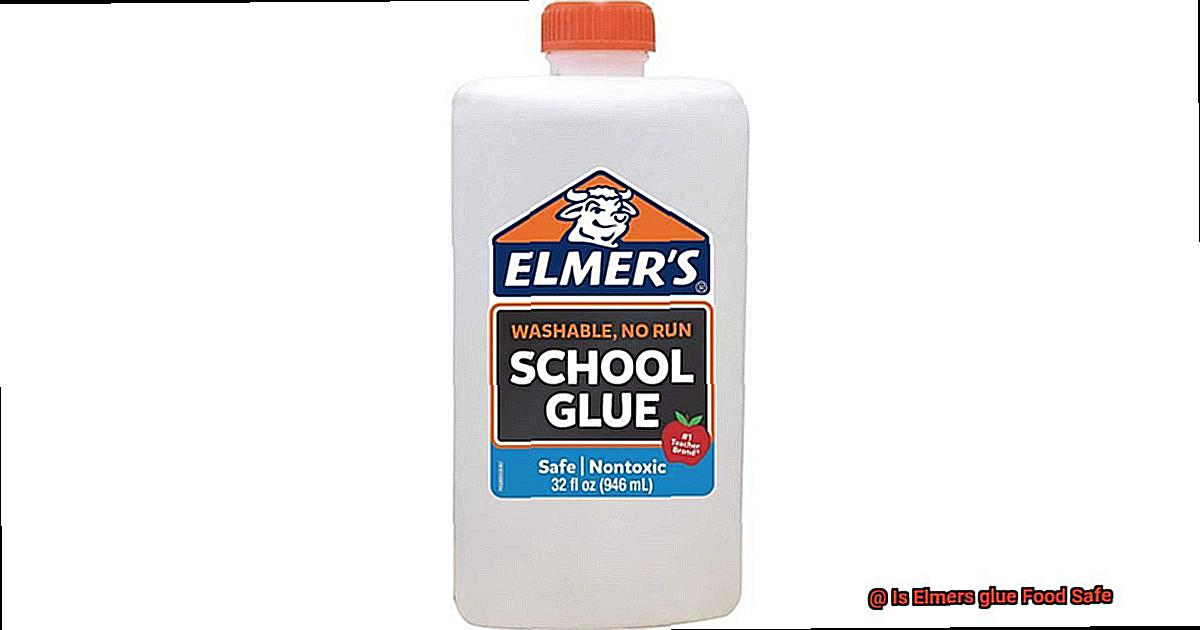
Migration of Chemicals:
Even if the glue dries and forms an unyielding bond, danger still lurks if it crosses paths with food. The chemicals present in the glue have a wicked ability to migrate into your meals, especially when heat or moisture is present. This migration contaminates your food, introducing malevolent substances into your otherwise delightful culinary creations.
Regulatory Standards:
Take heed. Elmer’s glue has not received the esteemed approval of the Food and Drug Administration (FDA) for use with food. Consequently, it fails to meet the rigorous safety standards set for consumable products. Always prioritize using adhesives specifically designated as food-safe when working with your beloved edibles.
Children and Safety:
Among those most vulnerable to the perils of consuming Elmer’s glue are innocent children, who may unknowingly ingest it while engaged in craft projects or playful encounters with adhesive-coated surfaces. Exercise utmost caution and ensure they have access only to safe and edible alternatives when exploring adhesive wonders around food.
While Elmer’s glue may dazzle in the realm of art and creation, it must never be permitted to interfere with your culinary escapades.
The risks it poses demand unwavering vigilance. Instead, soar to new heights of creativity while safeguarding your well-being and that of those around you.
Embrace specially formulated edible glues or designated food-safe adhesives as your trusted companions when working with food. Remember, it is always better to err on the side of safety than to find yourself stuck in a sticky situation.
Alternatives to Elmers Glue for Food-Related Projects
Unleash your inner artist with food-related crafts that are both beautiful and safe. While Elmer’s glue may be a commonly used adhesive, its chemicals can pose risks when in contact with food. Luckily, there are several food-safe alternatives that will ensure your creations are both stunning and edible.
Flour and Water Paste:
Create a classic and reliable adhesive by mixing equal parts flour and water until a thick paste forms. Although it requires more drying time than Elmer’s glue, this alternative is completely safe to use with food.
Cornstarch Glue:
For projects that require extra strength, try cornstarch glue. Combine equal parts cornstarch and water in a saucepan over low heat, stirring continuously until the mixture thickens and turns translucent. This adhesive provides a powerful bond for more demanding projects.
Gelatin Glue:
Need an adhesive with flexibility? Look no further than gelatin glue. Mix one packet of unflavored gelatin with one cup of cold water, allow it to firm up, then dissolve it completely in hot water. Gelatin glue is versatile and safe for use with edible items.
Sugar Syrup Glue:
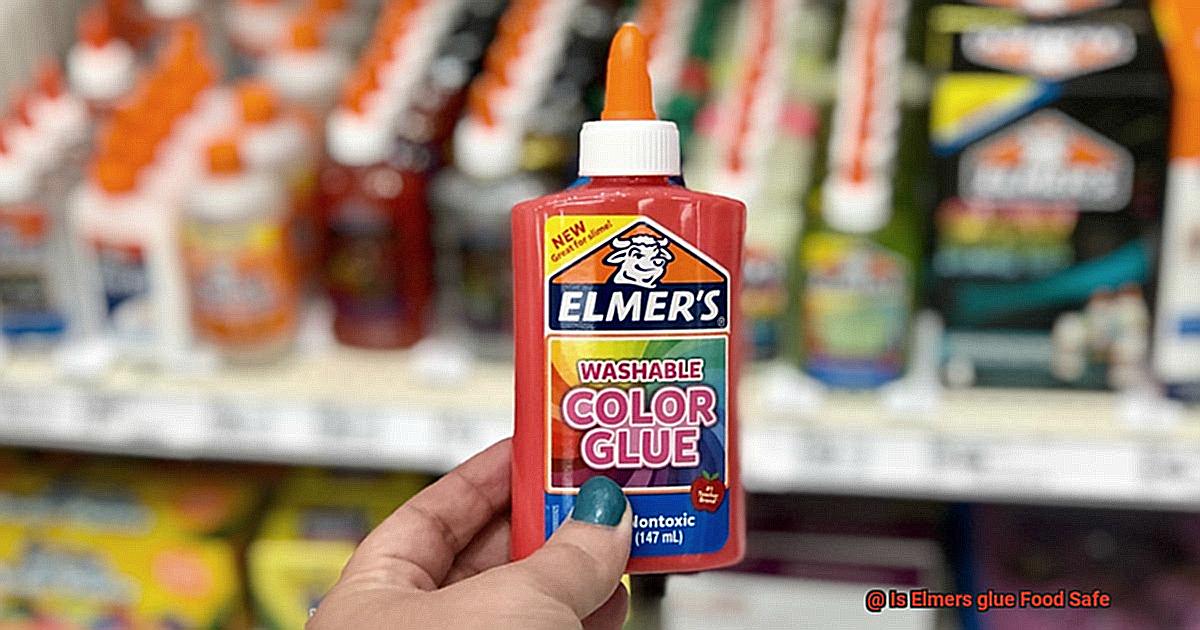
Indulge your sweet tooth while crafting by using sugar syrup glue. Combine equal parts sugar and water in a saucepan over medium heat until the sugar dissolves, resulting in a sticky liquid. Brush it onto edible items or use it to assemble food-related projects.
Edible Icing or Frosting:
Add a tasty touch to your creations by using edible icing or frosting as an adhesive. These delicious substances can stick together cookies, cake pieces, or other edible decorations. While they may not provide the same strength as traditional glue, they offer a delightful flavor to your projects.
Conclusion:
Tips for Working with Non-Food Safe Adhesives
Working with non-food safe adhesives requires extra caution to ensure both your safety and the safety of others. These adhesives may contain harmful chemicals or toxins that can pose health risks if not handled properly. In this article, we will outline six essential safety precautions to keep in mind when working with non-food safe adhesives.
Choose the Right Adhesive for Your Project:
Selecting the appropriate adhesive is crucial when working with non-food safe adhesives. Consider factors such as the materials you are bonding, the intended use of the finished product, and any potential health risks associated with the adhesive. Make sure to read the labels and choose an adhesive that is compatible with your project to minimize any potential hazards.
Use a Barrier or Sealant:
If you need to use a non-food safe adhesive for a project that will come into contact with food or beverages, consider using a barrier or sealant. Applying a layer of food-safe material between the adhesive and the food will create a protective barrier, reducing the risk of contamination. It is important to choose a barrier or sealant that is safe for food consumption and does not compromise the integrity of your project.
Work in Well-Ventilated Areas:
Many non-food safe adhesives release harmful fumes when applied. To minimize exposure to these fumes, it is crucial to work in a well-ventilated area. Open windows or use fans to ensure proper air circulation and reduce the concentration of fumes in the workspace. If necessary, wear a mask to further protect yourself from inhaling any dangerous vapors.
Avoid Direct Contact with Skin:
Some non-food safe adhesives can cause skin irritation or allergic reactions. To protect your skin, always wear gloves when handling these adhesives. It is also advisable to wear long sleeves and pants to minimize the risk of skin exposure. If any adhesive comes into contact with your skin, wash it off immediately with soap and water to prevent any adverse reactions.
Store Adhesives Properly:
Proper storage of non-food safe adhesives is essential to maintain their effectiveness and prevent accidents. Store them in their original containers with tight lids, away from direct sunlight and extreme temperatures. Keep them out of reach of children and pets to ensure their safety. Additionally, it is important to label the containers clearly to avoid confusion and accidental misuse.
Dispose of Adhesives Responsibly:
When disposing of non-food safe adhesives, it is crucial to follow local regulations and guidelines. Many adhesives contain chemicals that can harm the environment if not disposed of properly. Contact your local waste management facility for instructions on how to safely dispose of these adhesives. Do not pour them down the drain or throw them in the regular trash as they may contaminate water sources or cause harm to waste management workers.
Conclusion
In conclusion, after a thorough exploration, it is clear that Elmer’s glue is not food safe. While this adhesive works wonders for arts and crafts projects, it was never intended or tested for use with food. Its composition contains chemicals and additives that are not approved for human consumption, posing potential health risks if ingested.
To ensure the safety of the food we consume, strict regulations and standards are in place. The FDA in the United States sets guidelines for proper handling, processing, and labeling of food products to protect public health.
When it comes to adhesives and food, it is crucial to choose ones specifically formulated for such purposes. There are various food-safe alternatives available, including flour and water paste, cornstarch glue, gelatin glue, sugar syrup glue, and edible icing or frosting.
Using non-food safe adhesives requires extra caution. It is essential to select the right adhesive for your project, employ barriers or sealants when necessary, work in well-ventilated areas, avoid direct skin contact, store adhesives properly, and dispose of them responsibly.
While Elmer’s glue may be perfect for unleashing your artistic creativity, it should never come into contact with food. Prioritize safety by using designated food-safe adhesives when working with edible items.



